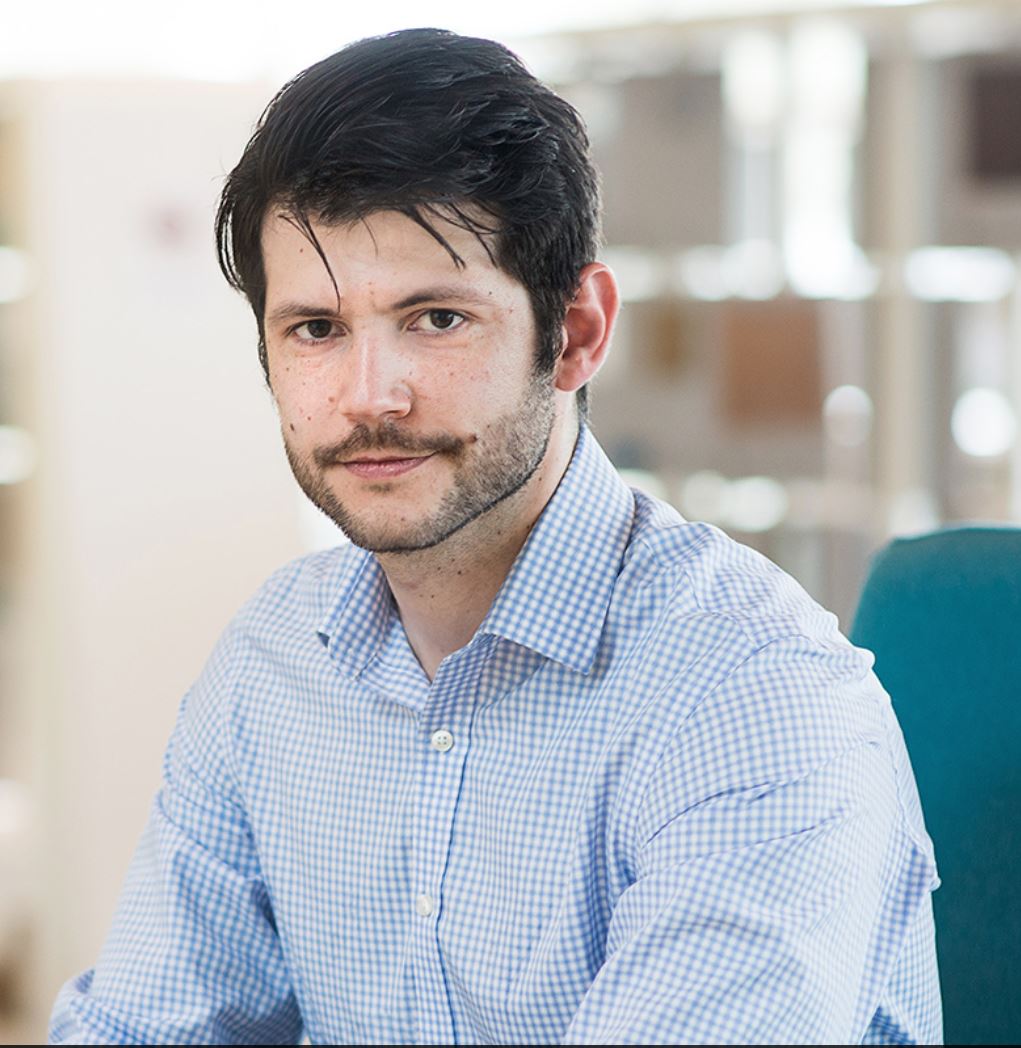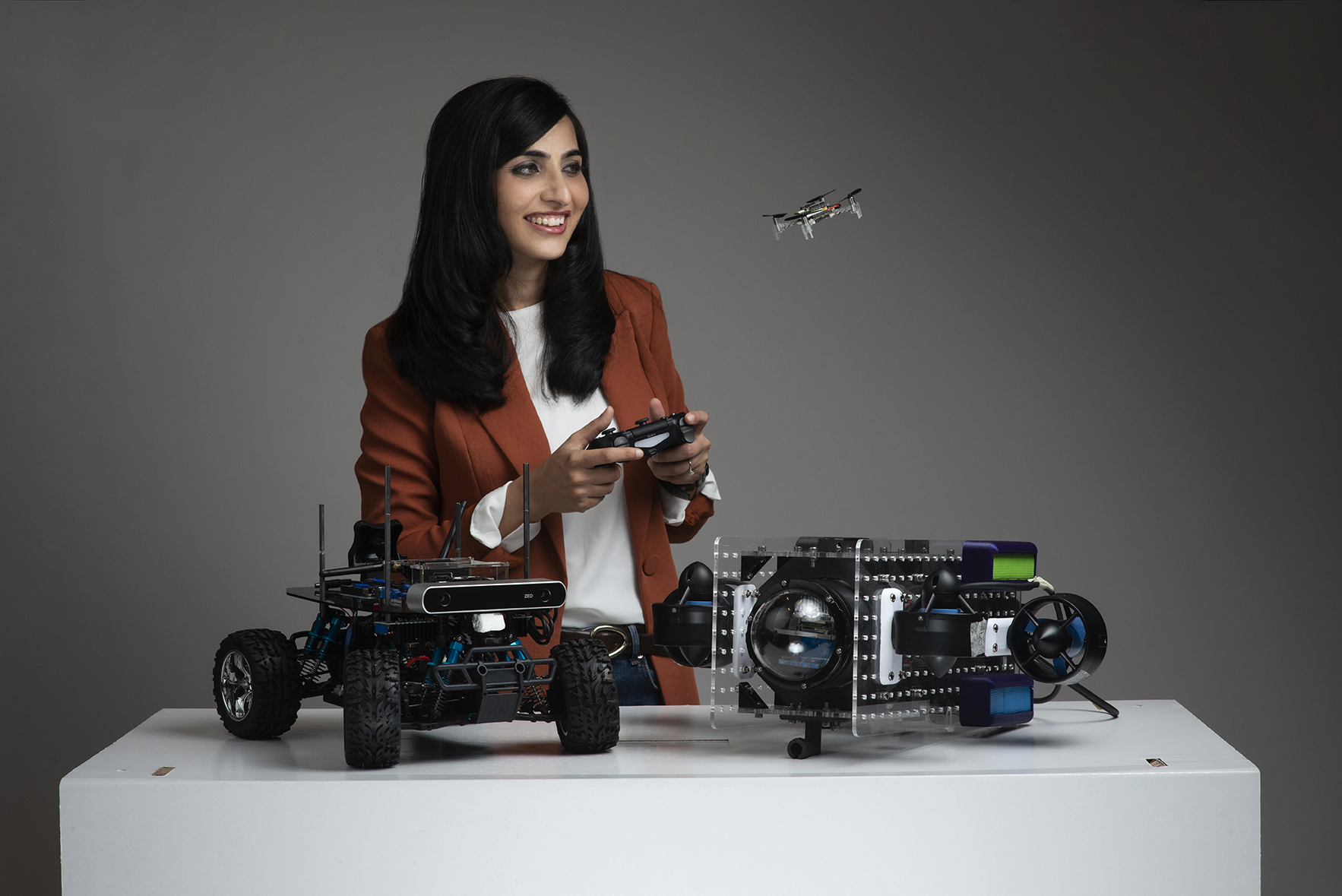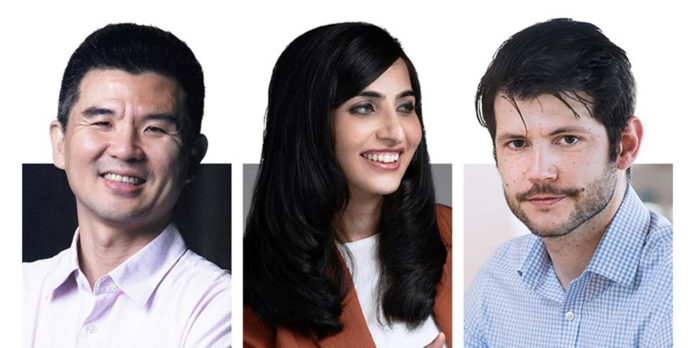As artificial intelligence becomes more integrated into our daily lives, the increasing number of researchers building Singapore’s smart future will have a home at the SUTD AI mega-centre.
65 years ago in August, computer scientist John McCarthy coined the term ‘artificial intelligence’ (AI) during the celebrated Dartmouth workshop. Considered as the field’s foundational event, the workshop firmly established AI as an academic discipline. Since then, AI has become part of our everyday life, from face and voice recognition to recommendation algorithms that predict what we want to click, watch or buy.
With self-driving cars and smart cities on the horizon, AI will only grow more widespread across industries. Recognising the importance of cross-disciplinary work in AI, the Singapore University of Technology and Design (SUTD) is creating an AI mega-centre to serve as a hub for research, teaching and collaboration, with SUTD AI Programme sector lead Professor Tony Quek as the mega-centre’s director.
As the world marks the 65th anniversary of the establishment of the field of AI, we look into the exciting plans of SUTD researchers for the AI mega-centre.
A one-stop centre for AI work
Despite the growing number of Singapore-based researchers using AI in their work, infrastructure remains largely decentralised. Because of this, having a centre where all AI-related work is done will increase efficiency and equipment availability, said SUTD Associate Professor Georgios Piliouras, deputy director of the upcoming AI mega-centre.

Associate Professor Georgios Piliouras
By grouping different labs and providing common testbeds, the mega-centre should foster collaboration between AI researchers and practitioners from other fields.
Reflecting the variety of work that will be done in the space, the centre will have clusters specialising on everything from future communications and robotics to human-AI interaction and future computing.
Aside from allowing infrastructure sharing, the mega-centre will also house high powered computing infrastructure which will be made available to the SUTD community for education and research. Labs have been set up to facilitate data collection, dataset development and big data management, which will be key for collaboration with external partners.
“One of the major reasons for creating this centre is to strengthen existing ties with external stakeholders,” explained Assoc Prof Piliouras. This includes private companies, government agencies, local start-ups and even students who might be inspired to pursue an AI-related discipline after a visit to the centre’s prototype gallery.
Playing serious games with AI
Beyond prototypes, SUTD researchers are set to tackle a host of real-world problems through the AI mega-centre.
In the robotics cluster, a team is already looking into applications like self-driving cars and robots that monitor coral reefs. “What we do is take approaches from a theoretical perspective, see where the guarantees and boundaries lie and then we translate it in the real world,” explained team leader Malika Meghjani, Assistant Professor at SUTD.

Assistant Professor Malika Meghjani
In line with this, researchers like Asst Prof Meghjani apply their expertise in multi-robot coordination, vision and learning to address specific problems. Within the context of self-driving cars, this involves identifying other vehicles and predicting their behaviour based on past experiences in relation to other self-driving cars. The same vision and learning systems can then be repurposed to build a swarm of aerial or underwater robots that work together to efficiently scan an area.
Asst Prof Meghjani’s team also combines game theory with AI to solve problems ranging from pursuit-evasion to capturing marine trash. By incorporating game theory into their algorithms, they can predict the action of other agents based on the available options, just like in a game. As a result, their AI drones are better at predicting where an evader will go next based on available routes.
Smart machines for a smart nation
Because of AI’s translatability, SUTD is placing it at the forefront for its growth plans, focussing on vital economic sectors including Healthcare, Aviation and Cities. Besides AI, another mega-centre in healthcare is currently in the pipeline. These mega-centres are envisioned to further promote and engage in cross-disciplinary efforts addressing real-world needs.
In the aviation sector, for example, scheduling is a highly complex problem that naturally lends itself to AI solutions. Similarly, complex problems arise in the management of cities and healthcare, where public policy must respond to both the needs of people as well as the challenge of allocating shared resources.
This puts the aims of the mega-centre in line with the recently released Research, Innovation and Enterprise 2025’s Smart Nation and Digital Economy thrust, which recognises AI as one of the crucial tech areas for national development.
Given how closely intertwined AI is with future communications technologies like 5G and even 6G, the centre will also support SUTD as the institution leads the Future Communications Research and Development Programme—which will also be helmed by Prof Quek as director. Consequently, the AI mega-centre will feature a control hub for 5G-powered drones and even a testbed for beyond-5G technologies.
As AI is further integrated into the modern world, more citizens will need to be included in the R&D process, which is why education and outreach are also goals of the mega-centre.
“There’s already an increasing number of data out there that may give us some insights on how can we design public policies that actually improve the quality of life of people around us,” said Assoc Prof Piliouras. With the help of AI, Assoc Prof Piliouras and the researchers at SUTD hope to make Singapore and its residents ready for the smart future to come.
Like what you just read?
Check out our ASPIRE research newsletters here.
































